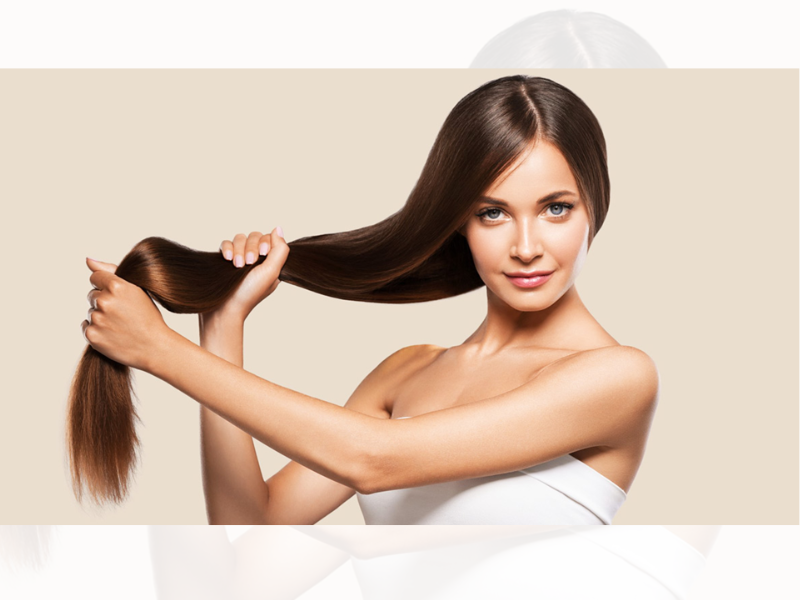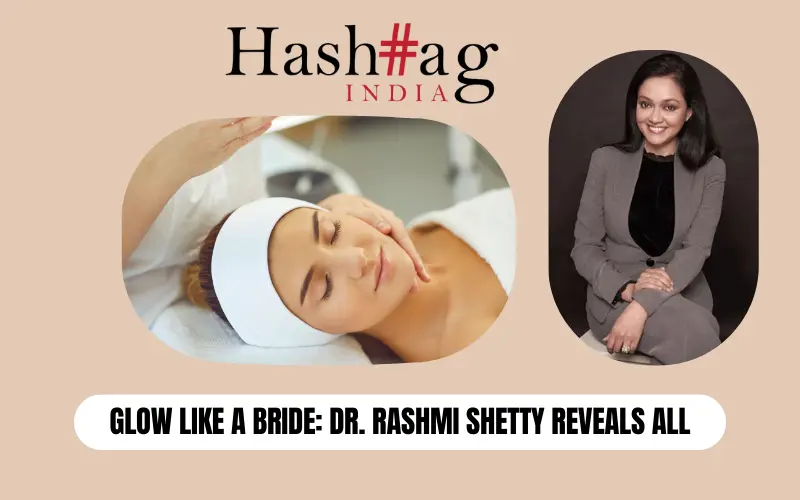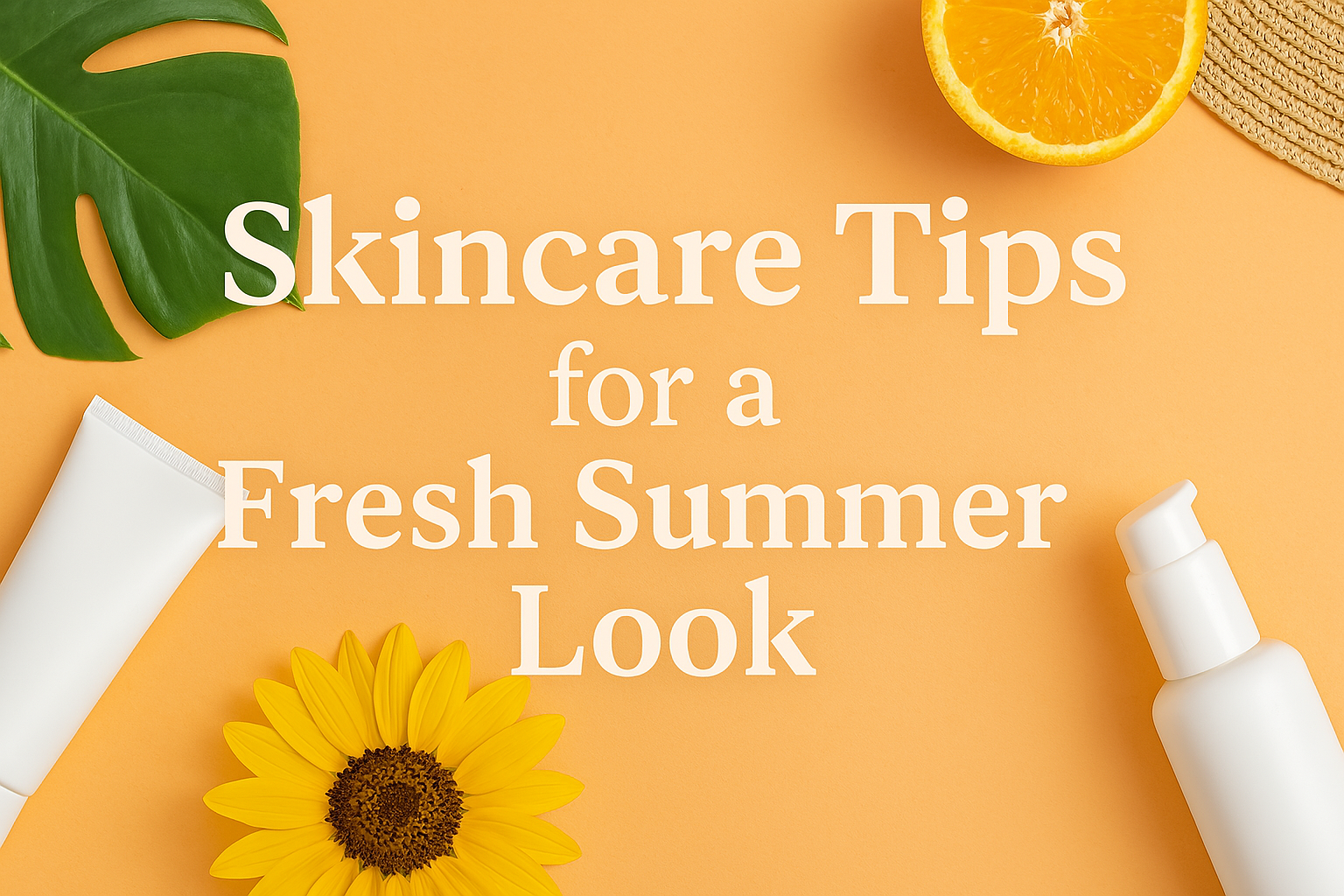The quest for beautiful, healthy hair often leads us to chemical treatments that promise quick results but can damage our hair in the long run. Fortunately, nature provides numerous alternatives that nourish and revitalize your hair without causing harmful side effects. Dhanush Kumar lists eight natural alternatives to chemical hair treatments, each with unique benefits to help achieve healthy locks.
Alternatives to Chemical Hair Treatments
1. Coconut Oil

Coconut oil is packed with nutrients that offer deep nourishment for hair. Its high fatty acid content allows it to penetrate the hair shaft, preventing protein loss and helping to keep hair strong and healthy. Regularly using coconut oil can reduce frizz, add shine, and avoid split ends. For best results, apply it as a pre-wash treatment or a leave-in conditioner.
2. Aloe Vera

Aloe Vera is celebrated for its soothing qualities, making it an effective natural conditioner. It contains proteolytic enzymes that help repair dead skin cells on the scalp, fostering healthy hair growth. Aloe Vera can also help reduce dandruff and maintain the pH balance of your hair. Use fresh aloe Vera gel as a conditioner shampoo for soft and manageable hair.
3. Apple Cider Vinegar

Apple Cider Vinegar, a scalp superhero, is a fantastic natural alternative for clarifying and balancing your scalp. It’s a pro at removing product build up, restoring the scalp’s natural pH level, and adding shine to your hair. Just mix equal parts of ACV and water and use it as a rinse after shampooing. This treatment will leave your hair feeling fresh, smooth, and shiny. 4. Henna
4. Henna

Henna is a natural plant-based dye that can add a rich, reddish-brown colour to your hair without the damaging effects of chemical dyes. It also strengthens and conditions your hair, reducing breakage and enhancing shine. Mix henna powder with water to form a paste, apply it to your hair, and leave it on for a few hours before rinsing for a vibrant, natural colour.
5. Argan Oil

Argan oil, often called liquid gold, is rich in antioxidants, essential fatty acids, and vitamin E. It hydrates and softens hair, making it more manageable and reducing frizz. Regular use of argan oil can also protect hair from heat damage and environmental stressors. Apply a few drops to damp or dry hair to keep it silky and smooth.
6. Tea Tree Oil

Tea tree oil is recognized for its antifungal and antibacterial properties, making it an excellent remedy for scalp issues like dandruff and itching. It aids in unclogging hair follicles and nourishing the roots, which supports healthy hair growth. Mix a few drops of tea tree oil with a carrier oil, such as coconut or olive oil, and massage the blend into your scalp to maintain its health and cleanliness.
7. Yogurt

Yogurt is a natural protein and lactic acid source that strengthens and moisturizes your hair. It helps repair damage, reduce hair fall, and improve hair texture. Apply plain yogurt to your hair and scalp as a mask, leave it only for 20-30 minutes, and rinse thoroughly for smooth and shiny hair.
8. Hibiscus

Hibiscus is a natural treatment recognized for encouraging hair growth and reducing hair loss. Packed with Vitamins A and C, amino acids, and various nutrients, it supports the health of hair follicles. To use it, create a paste from hibiscus flowers and leaves, apply it to your hair and scalp, and let it sit for 30-60 minutes before rinsing. This can help foster healthy hair growth and impart a natural shine.
Conclusion
Integrating these natural remedies into your hair care regimen can lead to healthier, shinier, and more manageable hair while avoiding the adverse effects associated with chemicals.





























